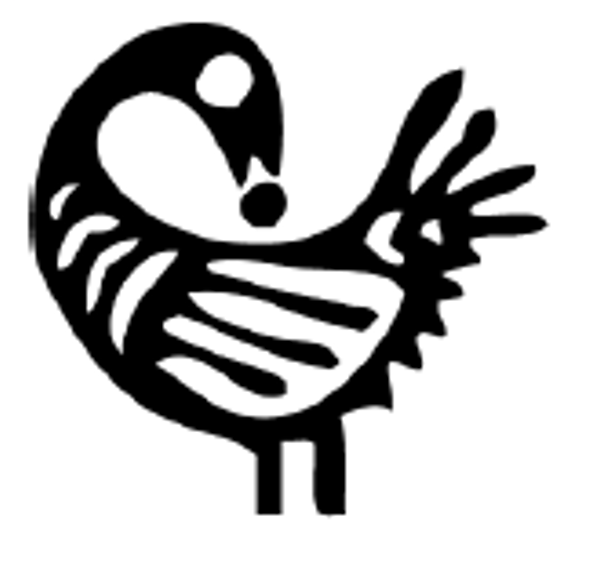 We speak to Ellen Loudon, Mal Rogers and Adeyinka Olushonde about the approach the Diocese of Liverpool has been taking and continues to take when it comes to the legacy of slavery. From the Triangle of Hope to our evolving work around a Slavery Truth Project with leaders and activists across the region we show how we are reflecting on and agitating around this important area.
We speak to Ellen Loudon, Mal Rogers and Adeyinka Olushonde about the approach the Diocese of Liverpool has been taking and continues to take when it comes to the legacy of slavery. From the Triangle of Hope to our evolving work around a Slavery Truth Project with leaders and activists across the region we show how we are reflecting on and agitating around this important area.
Last week we pointed to the national church’s report on dealing with contested heritage. This report, which followed in the wake of the Church’s anti-racism task force report “From Lament to Action”, is part of a national response to a topic brought to the fore when protesters dumped a statue of Coulson into the Bristol Dock’s last year. This week we talk about the action we have been taking over several years.
Our Director of Social Justice Ellen Loudon is leading this project alongside Canon Malcolm Rogers. Both have been instrumental in steering our approach in this area.
Canon Ellen said “In Liverpool, we have long understood the complexities surrounding our region’s association with slavery and the slave trade. And we know the church cannot hide from our involvement and the way many churches, directly and indirectly, benefitted from the proceeds of this trade. But if the church is to make a bigger difference then we need to help ourselves understand our legacy, realise the realities that many face today and look to the future in a spirit of truth and reconciliation. We are taking our time with this, you can’t change this simply it is a complex, involved area.”
It was in this spirit that the internationally acclaimed Triangle of Hope project between ourselves, Kumasi diocese in Ghana and Virginia in the USA was established. Through conversation, education, deep theological reflection and Youth Pilgrimages, the Triangle of Hope is working at reconciliation and helping future generations understand the impact of the slave trade.
Canon Malcolm said “I’ve been privileged to be part of this inspiring project since its inception. It has been challenging and painful to have deep conversations with our partner dioceses. But the joy of seeing how the young people who have been through the Youth Pilgrimage programme have become ambassadors for a new spirit of understanding.”
You can find more about the Triangle of Hope story through reading “Two Triangles” by Ken Pye
It was in this spirit that we established the Tsedaqah Community which sees young people from the three countries living in the community, supported by mentors learning how to interact with each other whilst serving the church in a wider capacity.
It was in this spirit that we have partnered with the Clewer Foundation on several initiatives to help people understand the forms of slavery that still exist giving them tools to spot and report instances and areas of concern.
It was in this spirit that the Cathedral’s Lent Lectures this year explored how, we as Christians, can address the legacy of past engagement with the transatlantic slave trade and support the ongoing aspiration to end modern-day slavery in all its forms.
It is in this spirit that we are exploring the next stages with a project we’re calling the Slavery Truth Project. We want it to work across all of our diocesan life, in deaneries, parishes, and schools. We want it to be a body of work that gives us all a greater understanding of the Trans-Atlantic Slave Trade and how The Diocese of Liverpool benefited from it. We want to help us all reflect theologically and in other ways to connect historic slavery with its modern forms and build activists against slavery and racism.
And we want to provide churches and the cathedral with an appropriate, reconciling way of responding to the presence of memorials and items that relate to slavery in their buildings. At the heart of this is education – building partnerships with local and national experts, providing digital resources to help explain the memorials we have in their proper historical context linking to resources and information.
We have contracted with Adeyinka Olushonde, a St Mellitus ordinand, to help with this project. Adeyinka Olushonde has been a community artist, cultural development officer and social regeneration advocate in Liverpool for over 20 years. He recently completed a Masters Degree in Christian Leadership and is currently conducting Doctoral studies alongside his ordination training.
Adeyinka will bring his research background, his keen interest in social justice issues and his broad range of skills to examine the legacy in particular parishes in our diocese.
Adeyinka said “a great deal of my research has been around offence and reconciliation and that is relevant here. It is very much about putting into practice the notion of ‘disagreeing well’ that the Archbishop of Canterbury talks about.”
Finally, it is in this spirit that we have adopted the Sankofa as a project motif. Sankofa, from the Twi(Akan) language found in Ghana and other parts of Africa, means, ‘reach back to knowledge gained in the past and bring it forward to the present in order to make positive progress’ The King of Ghana, Otumfuo Nana Osei Tutu II, has given his blessing for us to use this and other Adkinra symbols in its reconciliation work.
Canon Ellen said “this will take some time to work through but we need to do it well. If we are to be a church to make a bigger difference and bring justice to the world we need to understand the legacy of the slave trade and work for a fairer future”